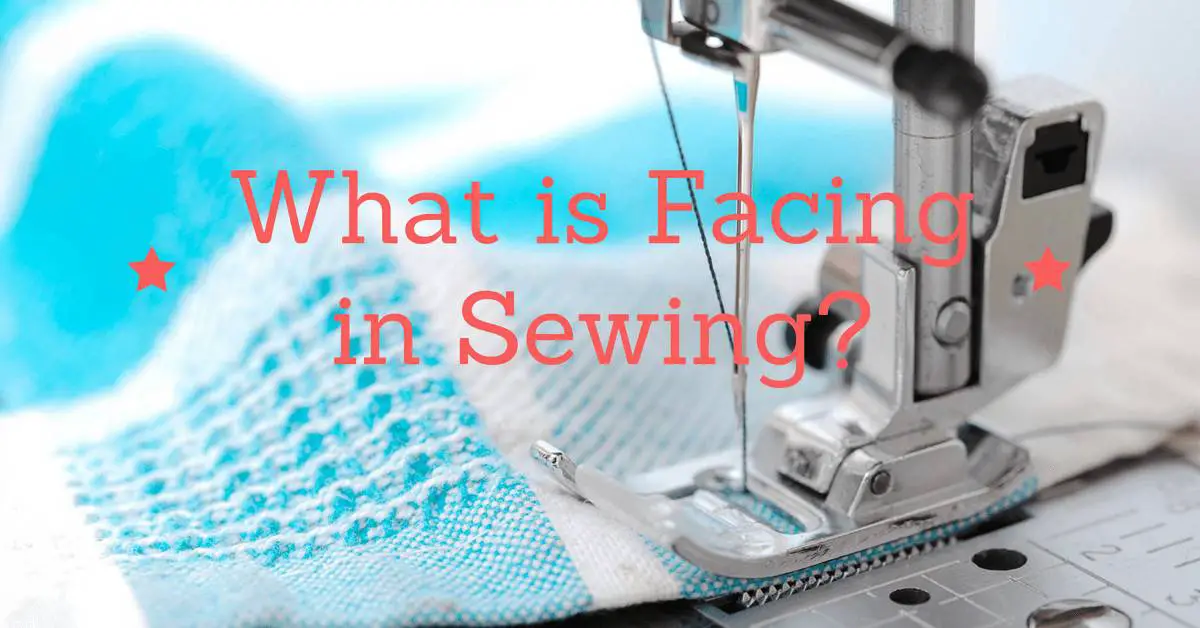If you are an avid sewer, you likely have experience with facings. But if you are just starting out, here are some facts and tips about this specific part of sewing that you may not know.
A facing is the area of the garment or item that turns inward, giving the garment’s appearance a finished look. Without a facing, the edges of a garment would have a bunch of unsightly raw fabric.
The facing is typically interfaced, which adds shape to the edge of the fabric and gives the garment its desired outline. There are a few different types of interfacing, and understanding how those types work is important when sewing facings correctly. In certain cases, another layer of fabric can be used as the interfacing.
Garments typical facing areas are necklines of shirts that do not have a collar, sleeveless shirt armholes, and waistlines that don’t have waistbands. Even peek-a-boo garments have facings.
When you are sewing a garment based on a platter, it’s important to follow the directions thoroughly if you want to execute the garment correctly. The pattern directions usually have you sew together the facing pieces, and then have you attach the to the garment to give the raw edges a finish.
The edge that isn’t attached to the garment – the inside edge of the facing is seam finished. This prevents the facing from fraying out and needing to be repaired. In most cases, a single line of stitching secures the edge of the facing to hold the shape of the garment.
The raw edge is then trimmed using pinking shears. This edging is done in a way that prevents a “bulging” edge that could be visible through the garment. It should have a seamless transition from the outside of the piece if you want it to look professional.
Facings should stay inside the garment. When a facing is attached, the pattern will provide dots and seams that line up with the correct part of the facing. For the facing to lay properly, the seams must intersect correctly. When the facing is sewn on, understitching the facing helps its stay turned inside and provides a sleek finish to the garment.
Most clothes you buy in a store have turned edges instead of a facing. Some newer patterns have facing replacements, rather than facings made from full fabric. The garment edge lays differently with a facing replacement and forces a stitch line to be visible on the outside. Knowing whether a full facing is needed depends on the type of garment and desired finished appearance.
Facing patterns pieces are small and can sometimes get lost when working with patterns with multiple pieces. Preserve the integrity of your pattern by taking care of the folded material and packing it away correctly when you are finished.
This is especially important if you want to use the pattern again. Missing pieces can be a nightmare. Patterns are expensive, and sometimes even discontinued. Make sure to keep the facing pieces in case you want to sell the pattern one day or hand it down to a loved one.
Although beginning sewers sometimes dread facings, they are an important part of the process. Without them, clothes just wouldn’t look as clean, neat and professionally sewn. It may be tempting when sewing just to skip the facing part, but you will regret it when the finished product isn’t how the garment looks on the front of the pattern.
Once you master facings, you will be on your way to creating an eye-catching piece, with that fancy new serger you just bought, that will impress your friends.
Good luck and enjoy!

